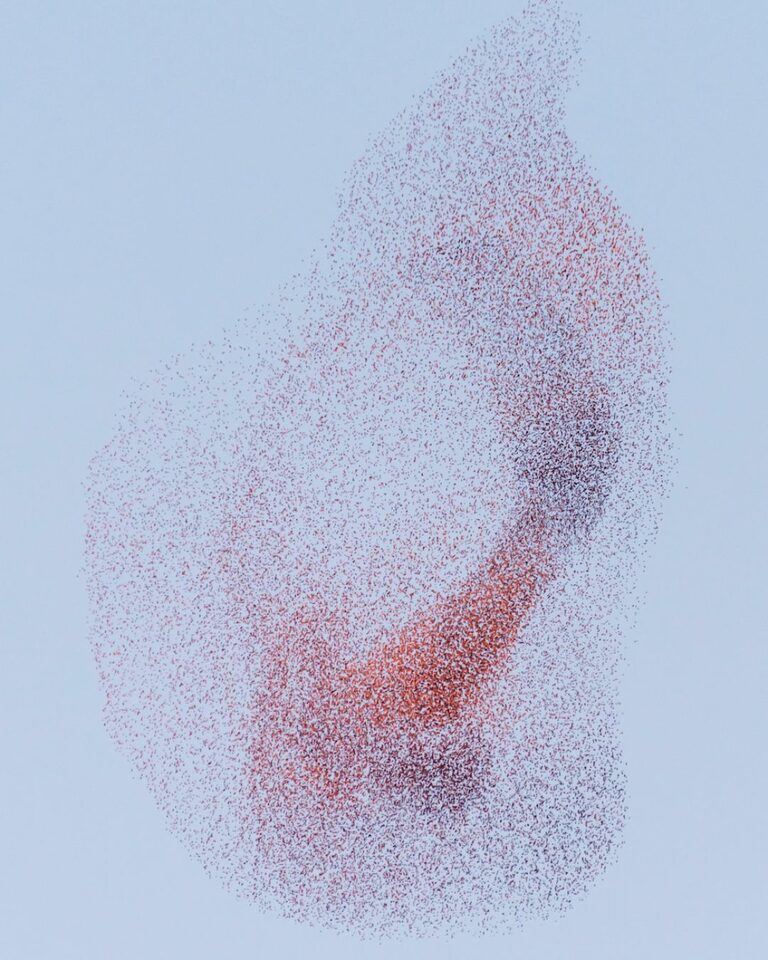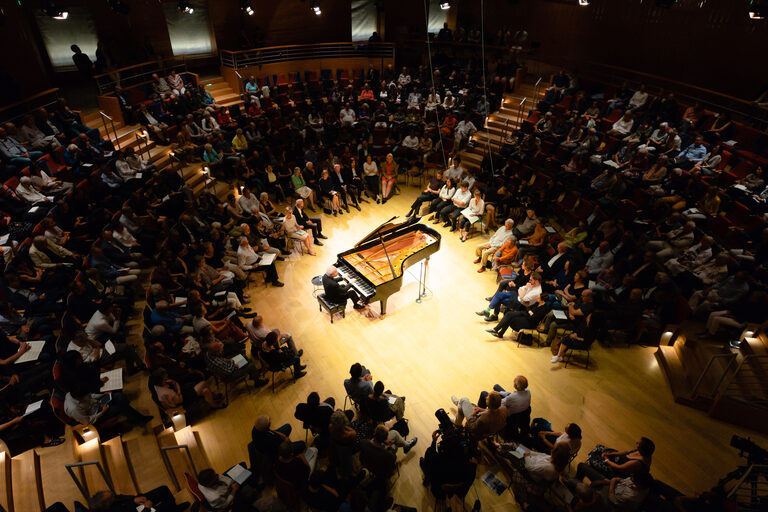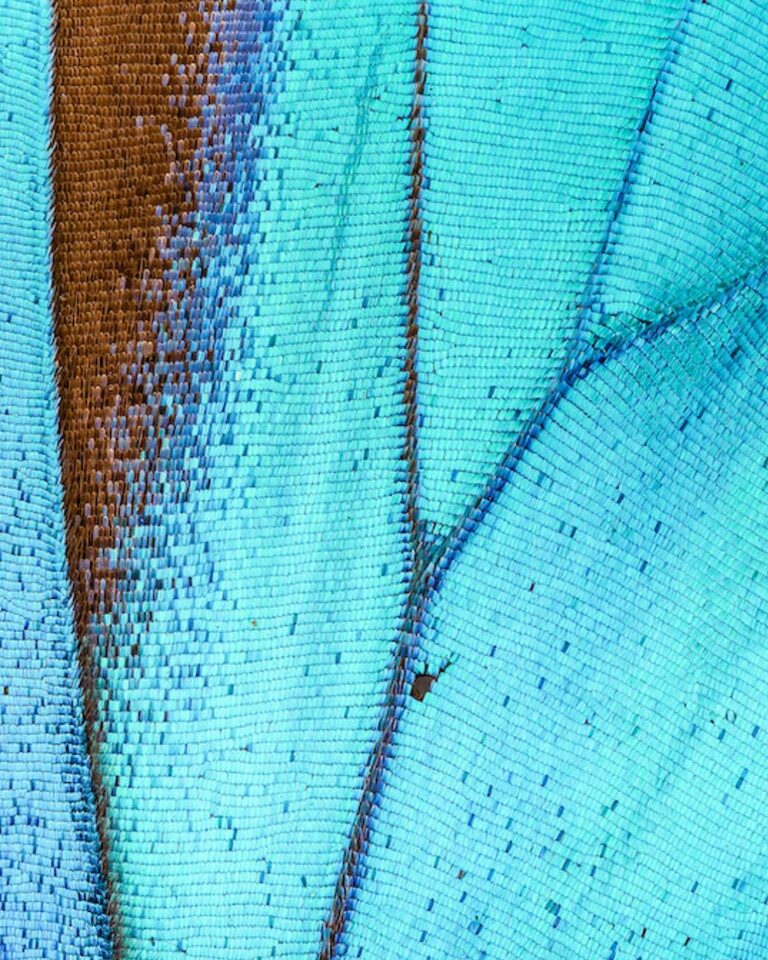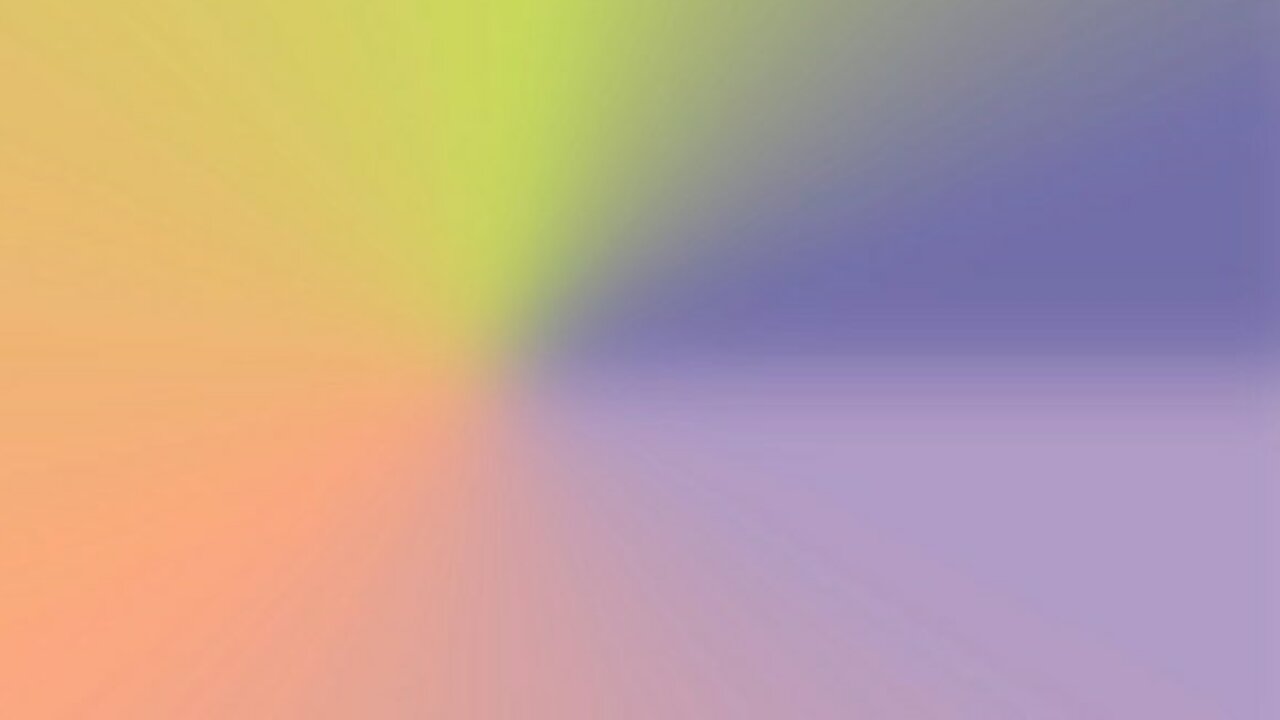
INTERFERENCE
Most of the time, a single note does not make for good music. For its magic to unfold, several notes must come together—different sounds that influence and interact with each other, creating something greater and richer than the sum of its parts. This idea continues to shape our programming at the Pierre Boulez Saal in the 2025–26 season. We strive to bring together a wide variety of artistic perspectives, diverse personalities, and their stories to spark stimulating and enriching interferences. The visual design of our season brochure likewise draws inspiration from this. On this page, find out more about the manifestations of “creative disruption” from nature, art, and science that we find particularly fascinating.
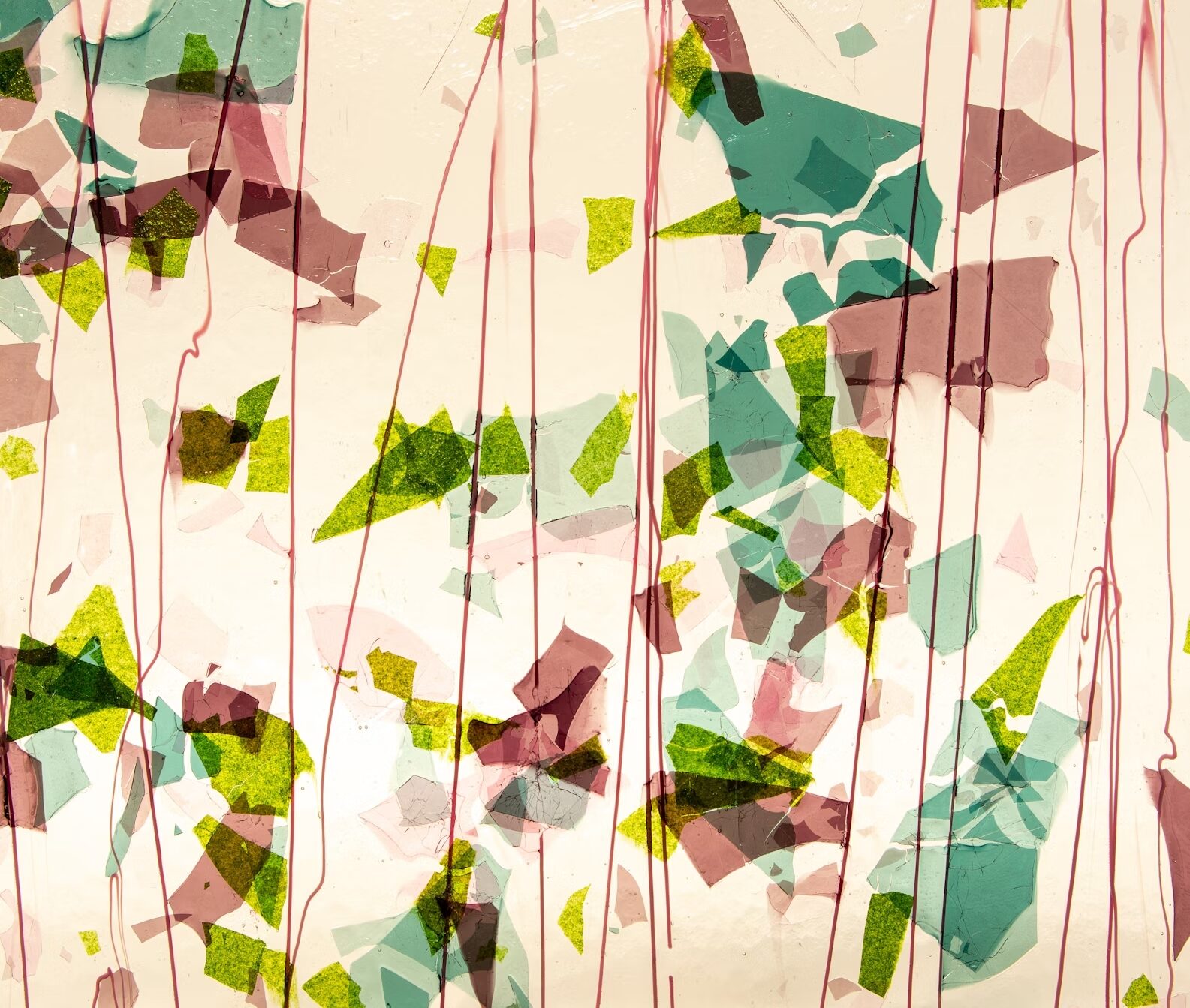
Stained glass has long been used as material for a wide range of artworks, from church windows to Tiffany lamps. Fragments of thin panes of glass and glass “spaghetti,” produced by manufacturers such as the U.S.-based company Bullseye, lend themselves particularly well to the creation of colorful collages.
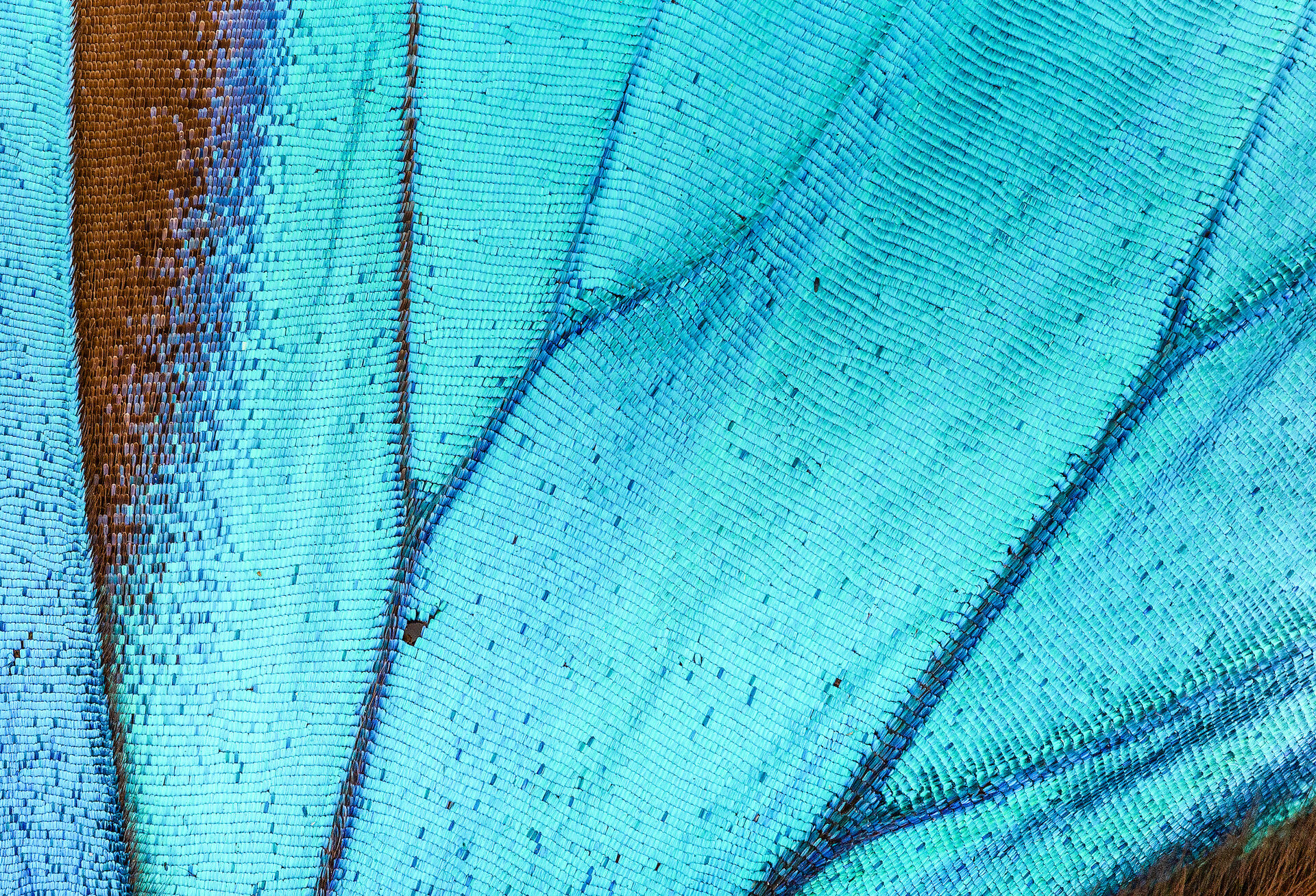
The blue morpho butterfly (morpho peleides) is found in the tropical rainforests of Mexico and Central America, in the north of South America, and in Trinidad as well as on neighboring islands. Its wings do not contain any blue pigment—their bright color is created by the interference of the incident light with the scaly surface, which reflects only the blue color component.
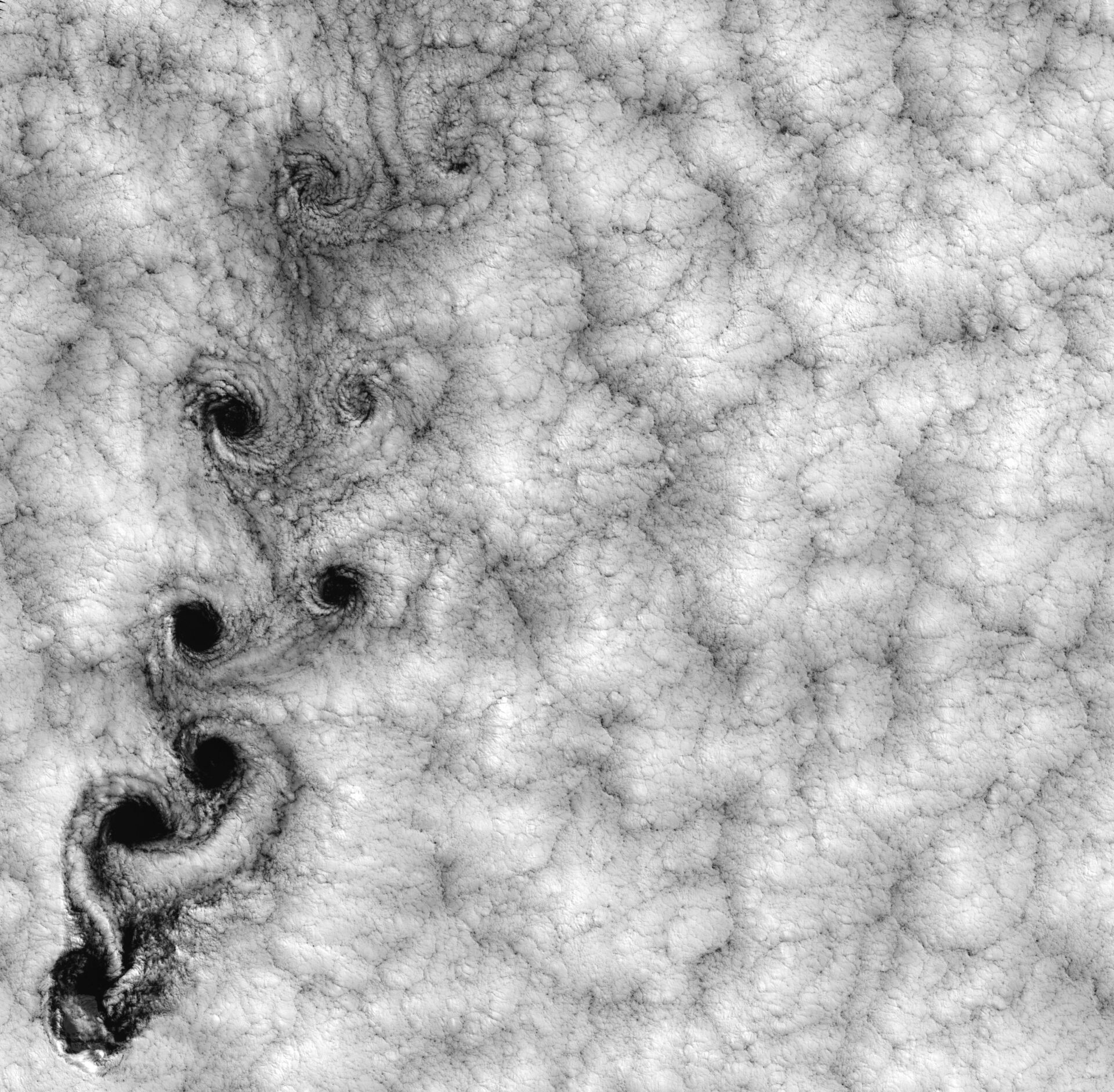
This 1999 image taken by NASA’s Landsat 7 satellite shows clouds off the Chilean coast near the Juan Fernández Islands, which form the unique pattern known as the Kármán vortex street. The vortices are formed when the air current (here a steady wind from the south) hits an obstacle—in this case, Alejandro Selkirk Island, seen at the bottom left of the photo. It is named after the historical model of Daniel Defoe’s Robinson Crusoe, who was stranded here for several months at the beginning of the 17th century. The air flowing past the island’s east coast rotates counter-clockwise, while the west coast causes clockwise rotation. Continuing for several hundred kilometers, these currents create a fascinating, oversized fractal pattern.
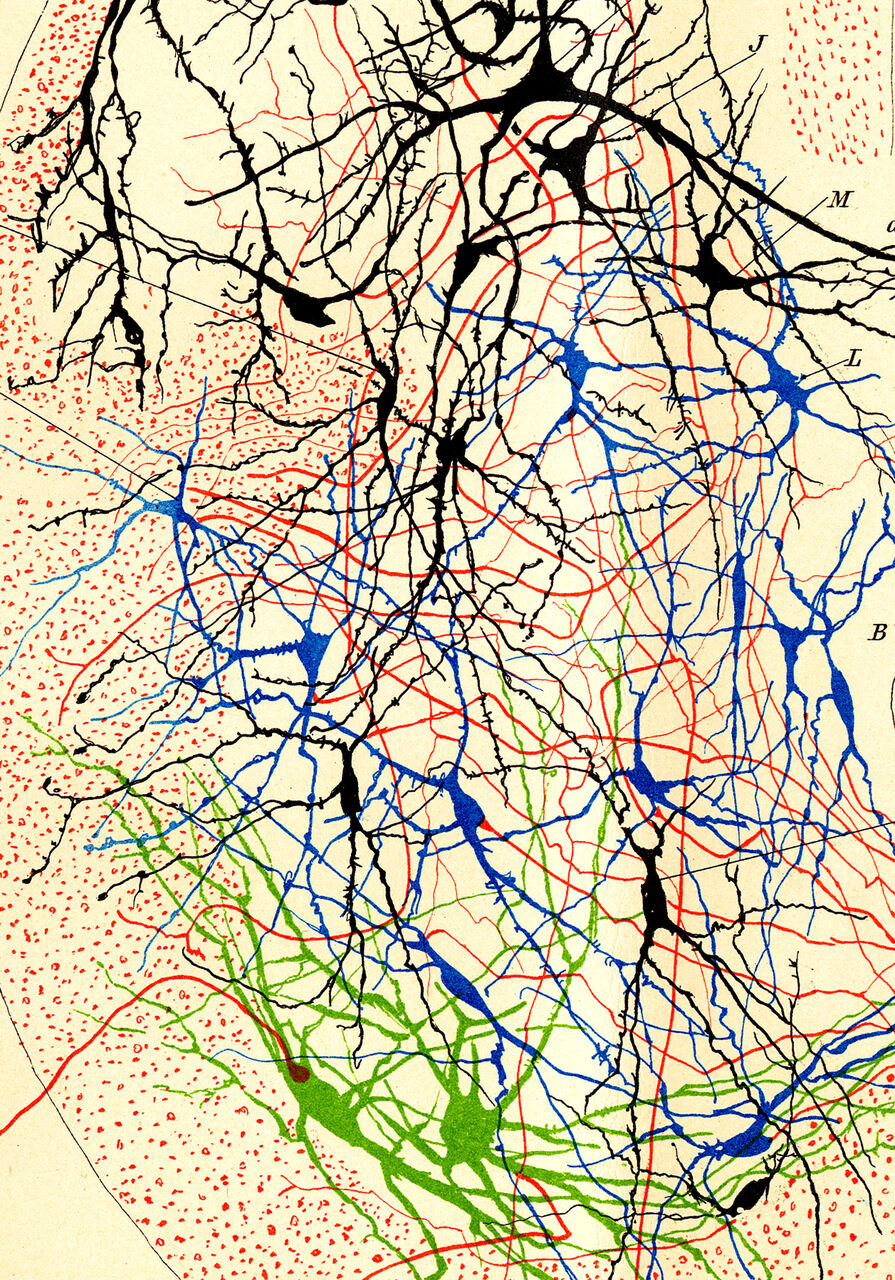
Published by Victor Babes in the Atlas der pathologischen Histologie des Nervensystems, Vol. IV, Berlin 1895
Spanish physician Santiago Ramón y Cajal was among the pioneers of the emerging discipline of neuroscience in the late 19th century. He dedicated his career to the histology (i.e., the research into the microstructure) of the central nervous system of humans and animals, which he documented in numerous detailed drawings and illustrations. He laid the foundation for modern neuron theory, which argues that our nervous system is made up of billions of individual neurons communicating through synapses. In 1906, he was awarded the Nobel Prize in Medicine—together with his main academic rival, Camillo Golgi.
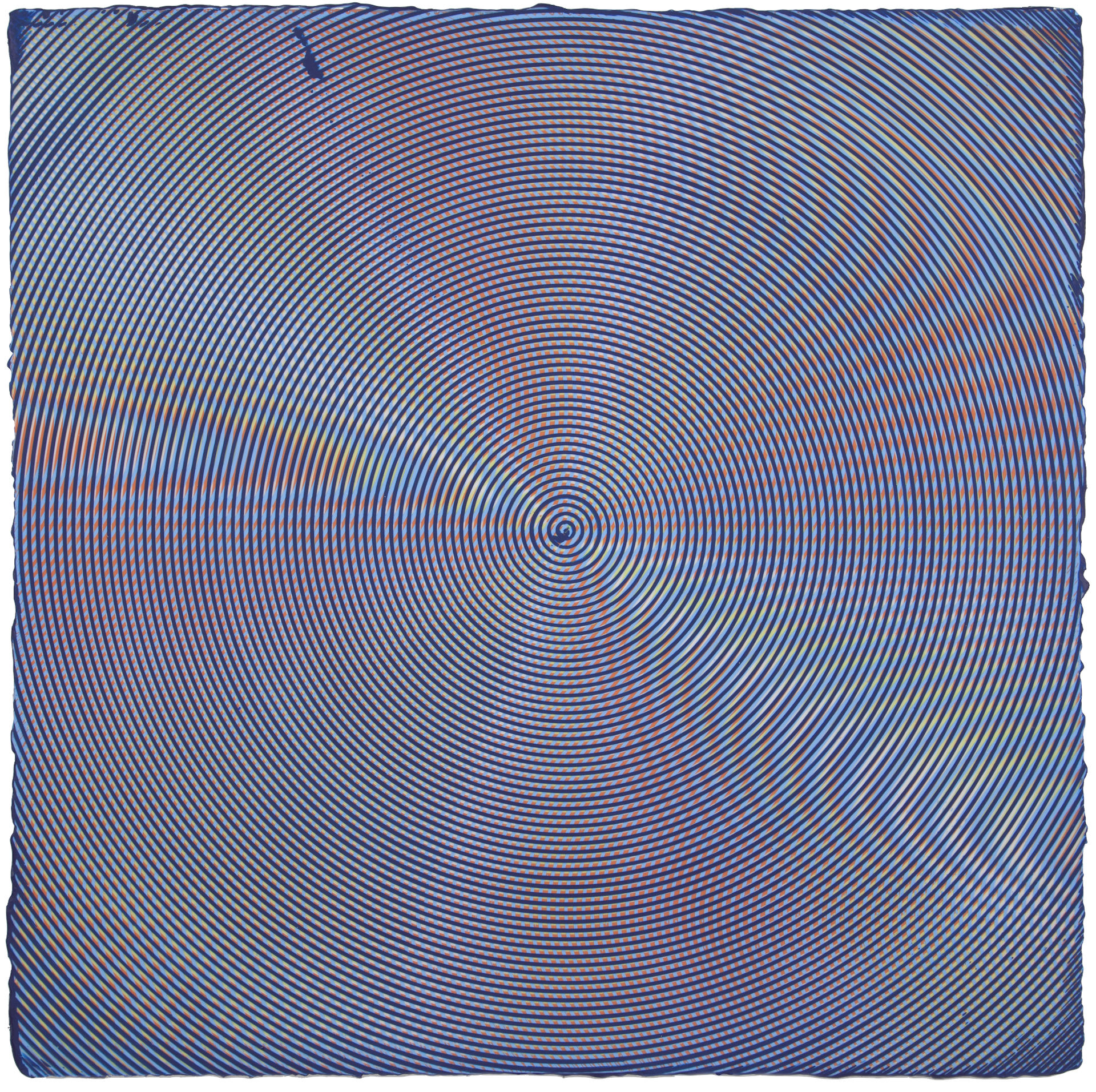
Since 2012, American artists Anoka Faruqee (b. 1972) and David Driscoll (b. 1964) have explored the phenomenon of interference. Raking through wet paint with custom-made tools that create multiple parallel lines, they layer circles that are almost concentric. “Precision and plotting paradoxically yield resonant and unstable perceptual experiences,” as the duo explains. “The illusory effects in these paintings—of gloss, prismatic color, shading, and volume—are simulations of the wave behavior of light, i.e. reflection, refraction, diffraction, and interference. Another familiar visual form of interference pattern is the moiré one encounters in pixelated digital and print images. Thus the work performs and renders physical certain latent mechanics in both the natural world and digital technology.”
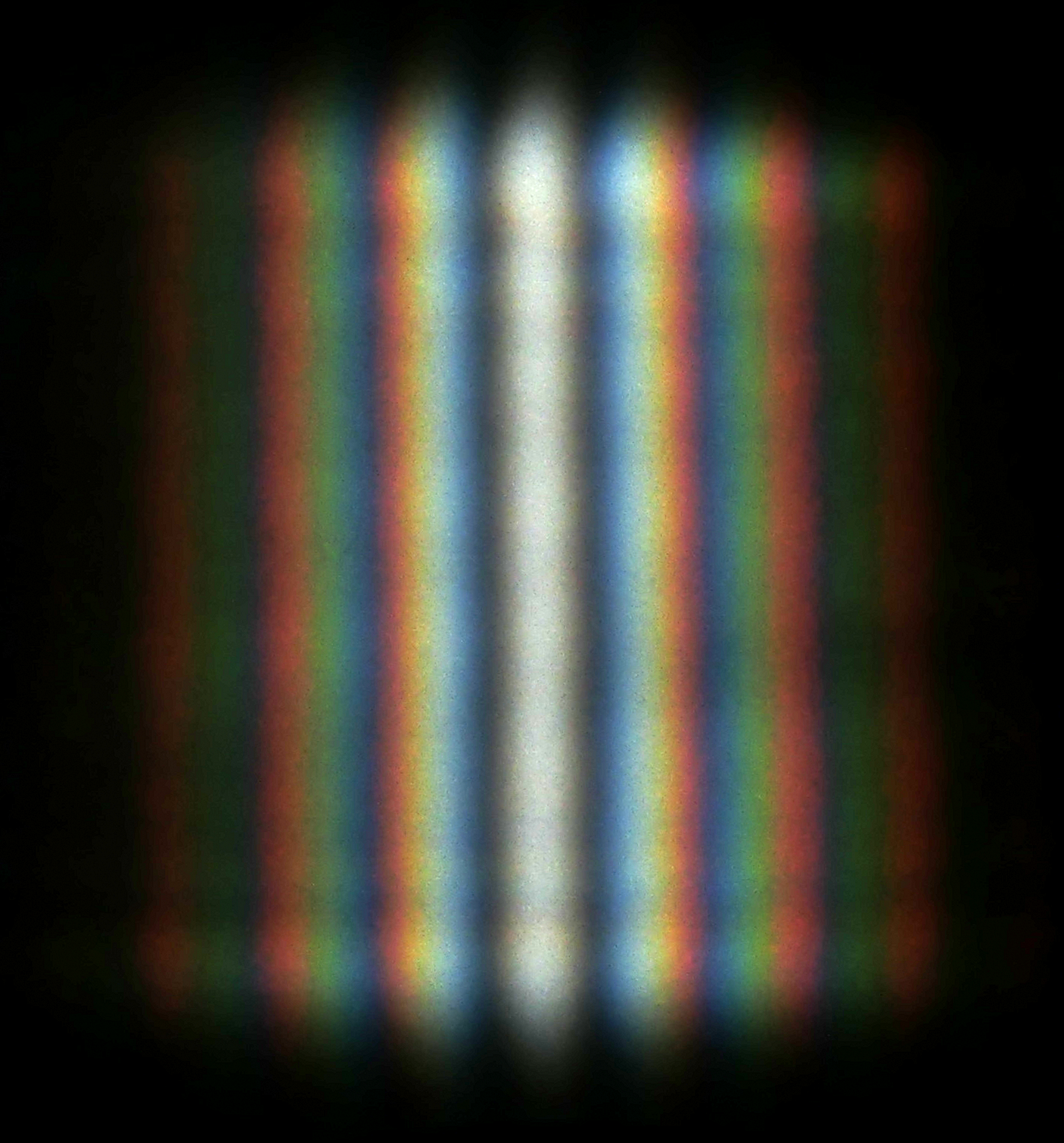
With his famous double-slit experiment—now part of every physics curriculum—English scientist Thomas Young in 1803 became the first person to successfully demonstrate the wave character of light: when light hits two narrow, parallel slits, a characteristic fringe pattern appears on an observation screen positioned behind them. It is the result of diffraction, i.e., the deflection of the light waves at the double slit and their subsequent superposition or interference. If the light source is not a monochromatic one but sunlight, the double slit also makes visible its various wavelengths and color components.
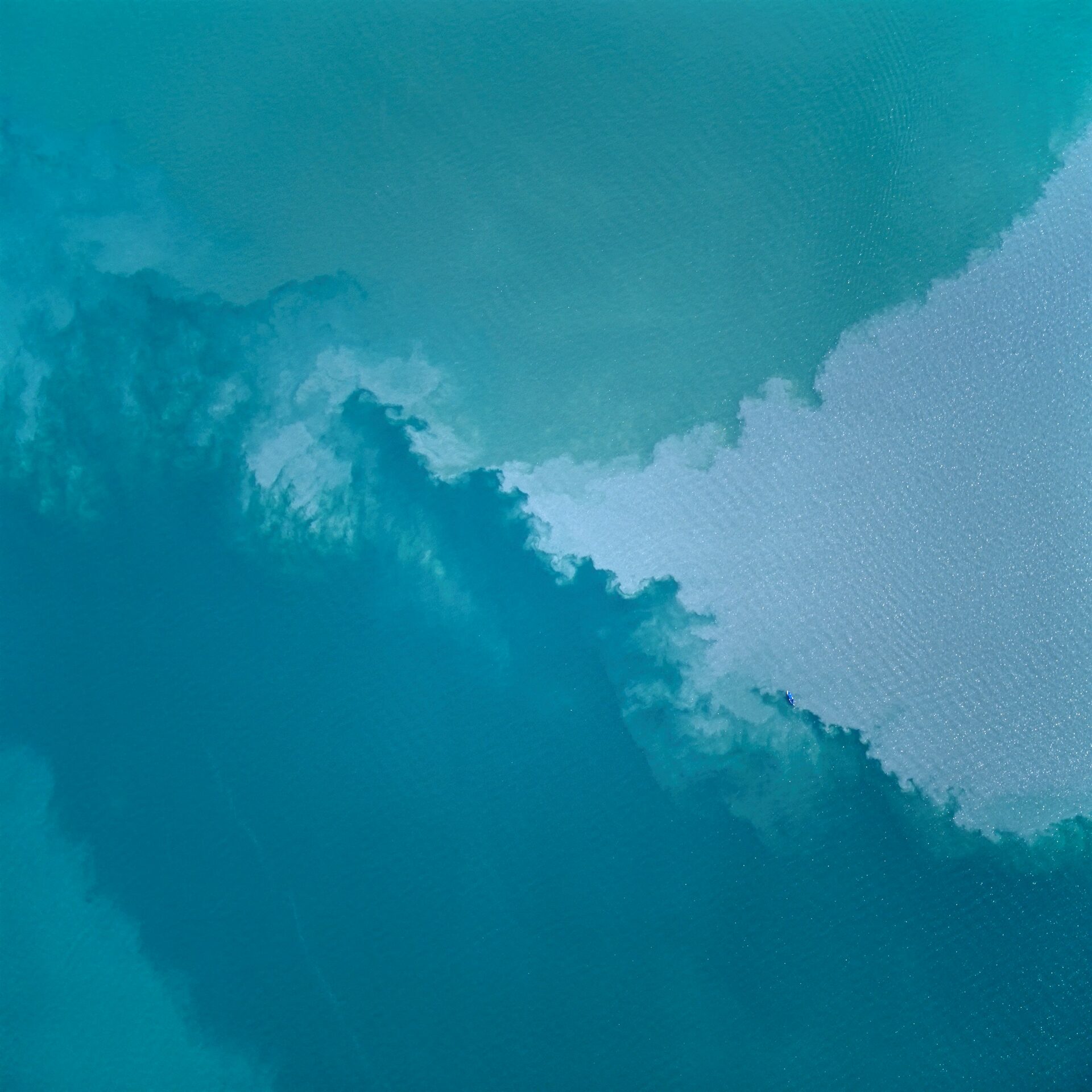
Where the Rhine flows into Lake Constance near the city of Bregenz, the river’s lighter-colored water, which carries suspended sediment and rock particles from the Alps, initially displaces the lake’s turquoise water before both blend together in the deeper layers of the lake basin.
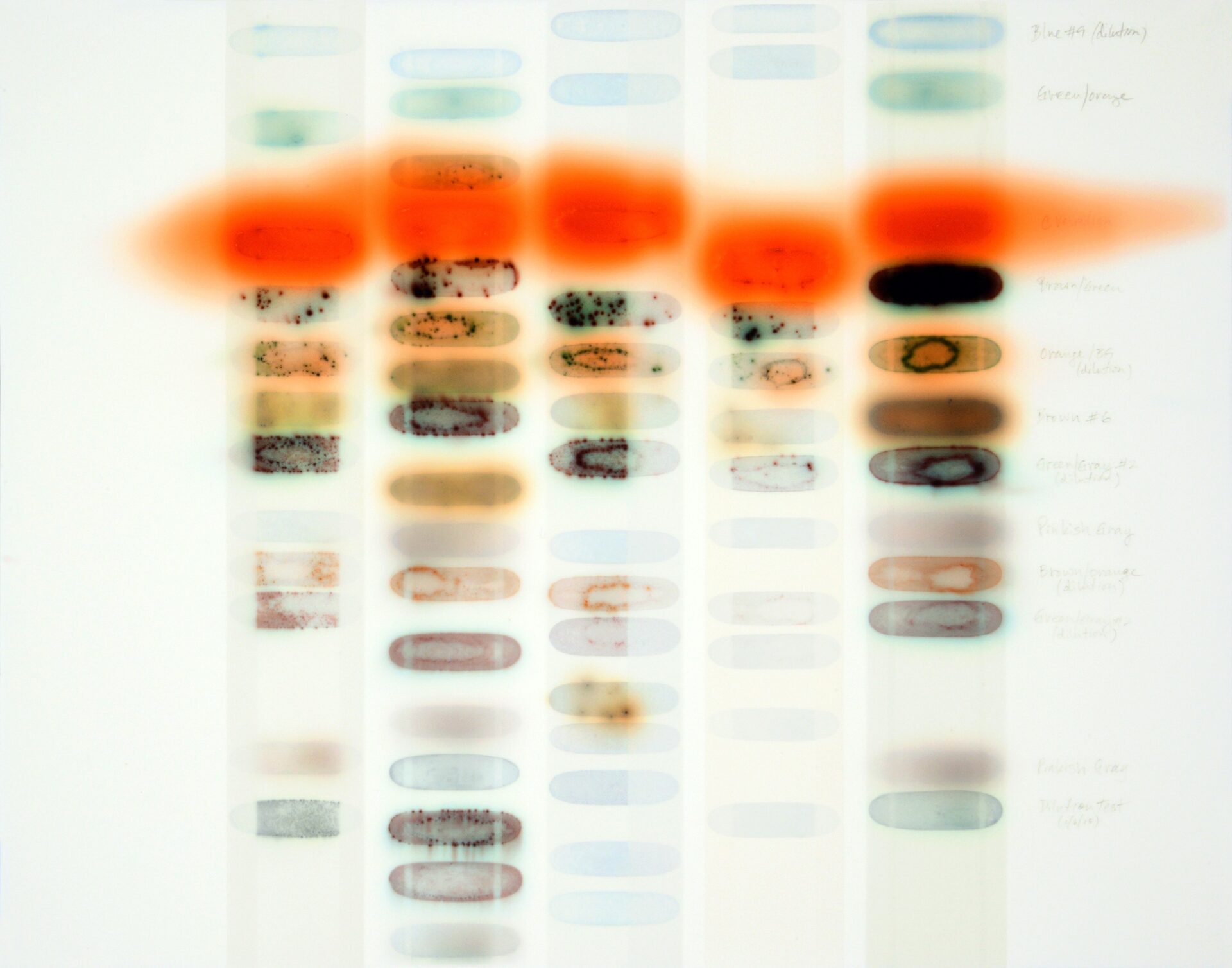
The vibrant and alchemical work of Seattle-based visual artist Jaq Chartier (b. 1961) is inspired by scientific imagery, such as DNA, and microbiology. In her Testing series, she explores how different materials react to each other. Instead of traditional paints, she uses custom formulas of inks, stains, and dyes that behave in unique ways—like bleeding or migrating through layers of other material. To track the results of her experiments, she adds notes directly on the paintings.
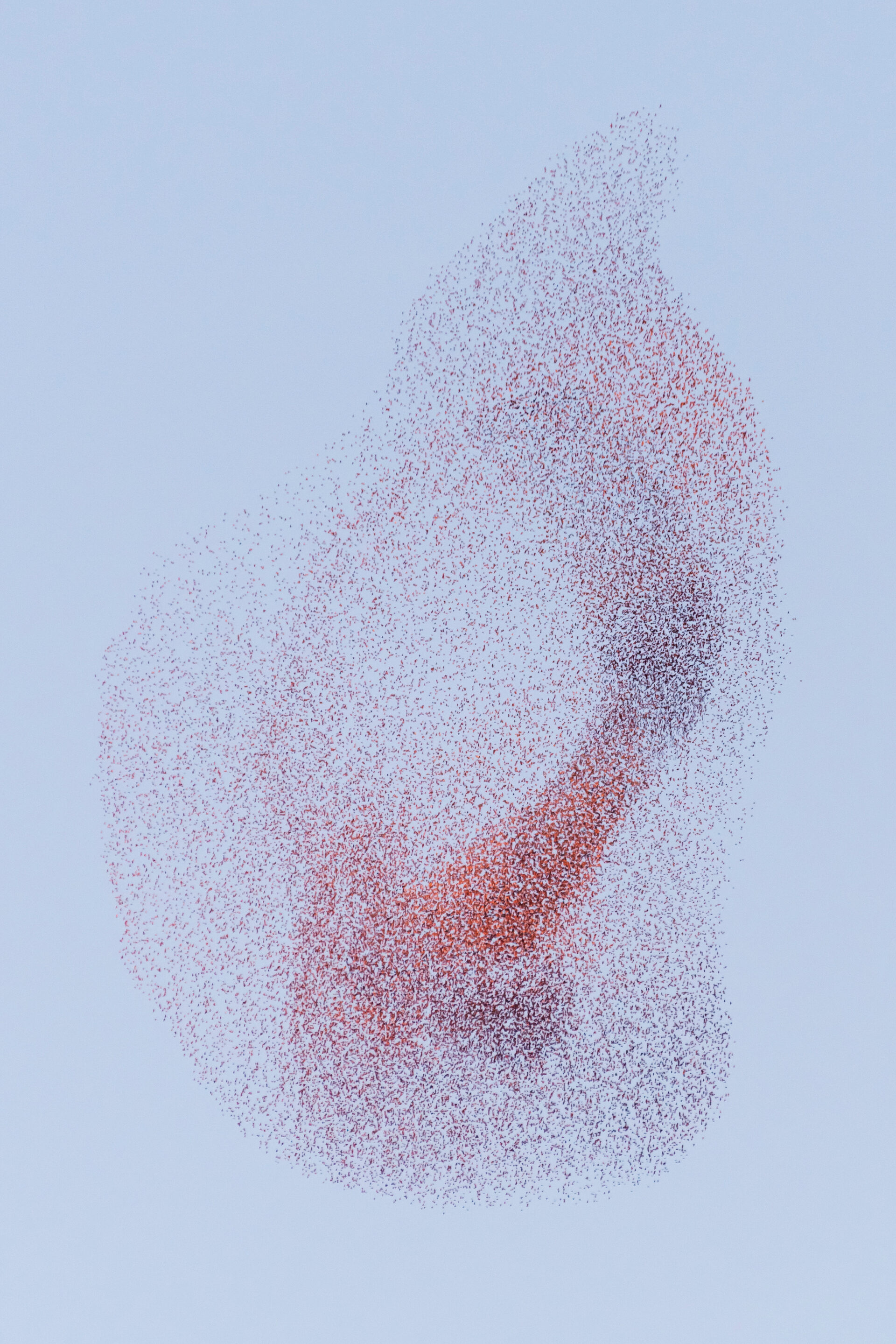
Like many other birds and animals, starlings spend almost their entire lives in groups or flocks, which can grow to huge dimensions. During the summer months, for instance, a colony of up to 40,000 individuals shares a roost at the Berlin Cathedral close to the Pierre Boulez Saal. Scientists of many disciplines have been fascinated for years by the mesmerizing behavior of these flocks and similar phenomena such as schools of fish or insect populations. While there is no centralized coordination and the individual animals have very little information on their environment, the flock as a whole makes coordinated and sensible decisions. Computer modeling has shown that each individual aligns its behavior only with that of its immediate neighbors and in turn influences their behavior. The emergent collective intelligence is similar to the structures in neuronal networks.
YOUR VISIT
Plan your visit to the Pierre Boulez Saal. We look forward to welcoming you!
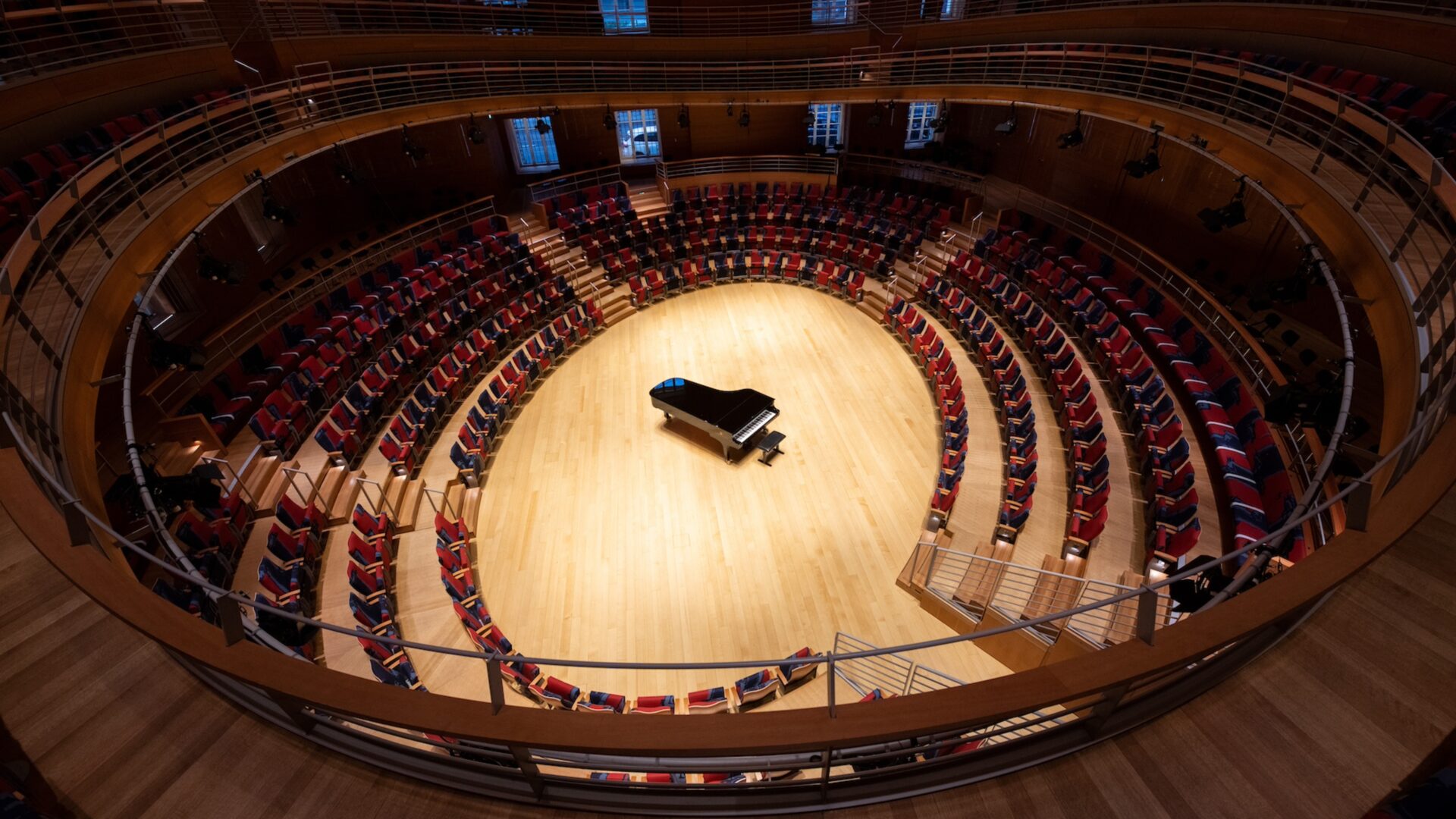
How To Get There
Pierre Boulez Saal
Barenboim-Said Akademie
Französische Straße 33d
10117 Berlin
_____
Public Transport
U-Bahn U2 Hausvogteiplatz, U5 Museumsinsel, U6 Unter den Linden
S-Bahn S / U Friedrichstraße
Tram M1, 12 Mitte / Am Kupfergraben
Bus 147 Werderscher Markt; 100, 300, N5 Staatsoper
Bicycle
Bicycle racks are available on the street “Hinter der Katholischen Kirche.”
Car
Q-PARK parking garage Unter den Linden / Staatsoper
Bebelplatz 2
10117 Berlin
Theater rate (5.30 pm – 11.30 pm, paid in advance): €10
Please note there is a construction site across from the hall on Französische Straße. The street is narrowed, and cars or taxis are not allowed to stop in front of the Pierre Boulez Saal entrance.
Opening Hours
Box Office
Monday to Friday 2 pm to 6 pm
Closed on weekends and holidays
On performance days, the box office opens one hour prior to an event on weekdays and two hours on Saturdays, Sundays, and holidays.
Papagena Call Center
Ticket hotline +49 30 4799 7411
Monday to Saturday 9am to 8pm
Sunday and public holidays 2pm to 8pm
Food & Drinks
Casalot Catering welcomes Pierre Boulez Saal visitors before and after concerts, serving a variety of dishes of Arab cuisine.
On concert nights, the bar opens one hour before the start of an event and remains open after the performance. You may also place pre-orders for intermission right at the counter.
More informantion on our catering can be found here.
Coat Check
Small bags up to a maximum size of A4 (21x30 cm) and jackets may be taken into the concert hall. Luggage, helmets, large umbrellas, and other bulky items must be stored at the coat check.
The coat check is free and located behind the staircase in the foyer, on the left-hand side.
Accessibility
To book wheelchair-accessible seating, other seats for visitors with disabilities, or companion seats, please contact us directly.
+49 30 4799 7411
tickets@boulezsaal.de
All wheelchair seats are accessible by elevator. All visitors, including patrons using a wheelchair, will enter the Pierre Boulez Saal through the main entrance. Tickets will be checked at the hall doors.
In order to make access as easy as possible, we kindly ask that you inform us of your requirements when booking your tickets.
Restrooms for visitors with disabilities are located in the basement and on the balcony level and are accessible by elevator.
Four parking spaces for visitors with disabilities are available on the street Hinter der Katholischen Kirche.
